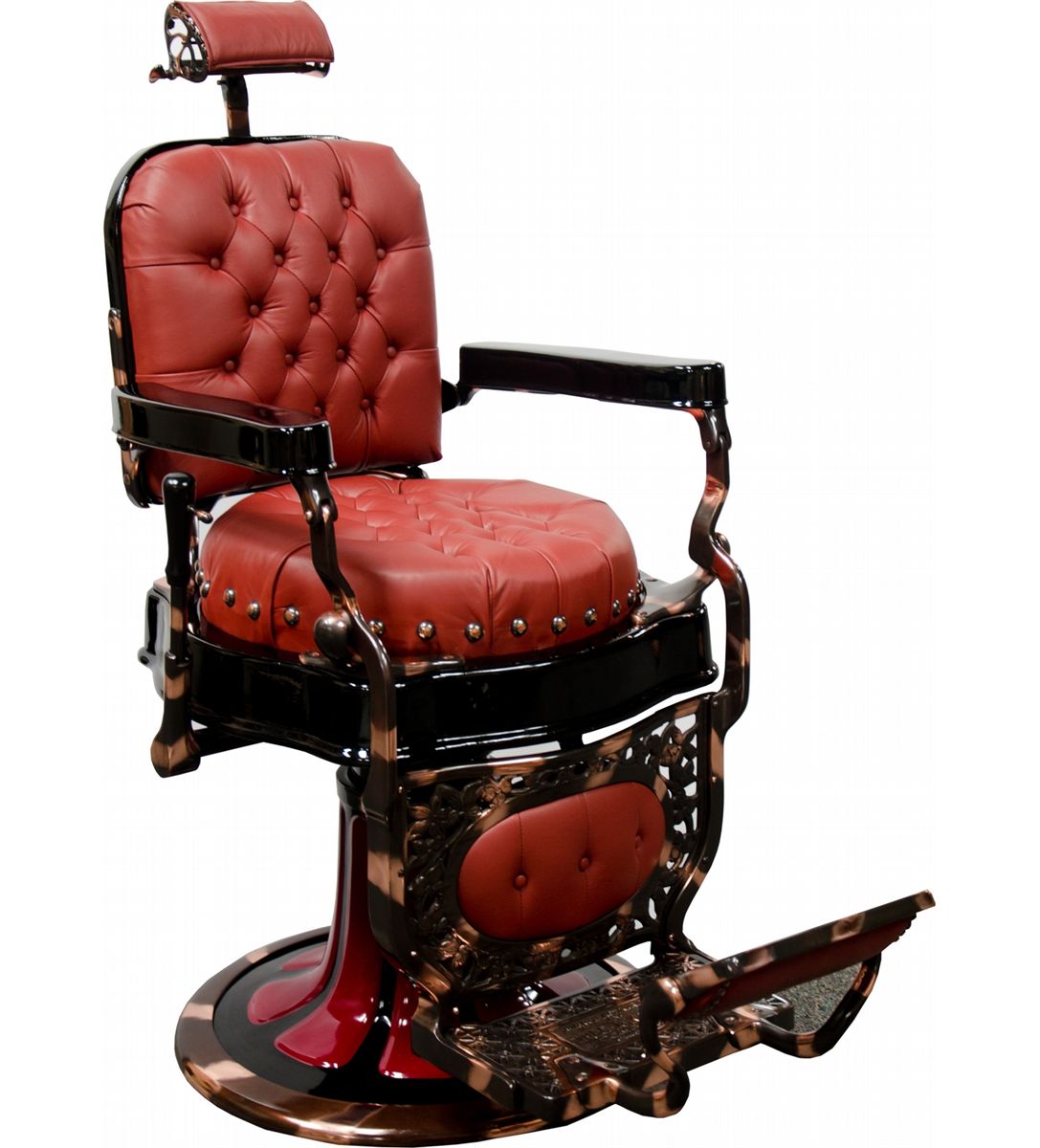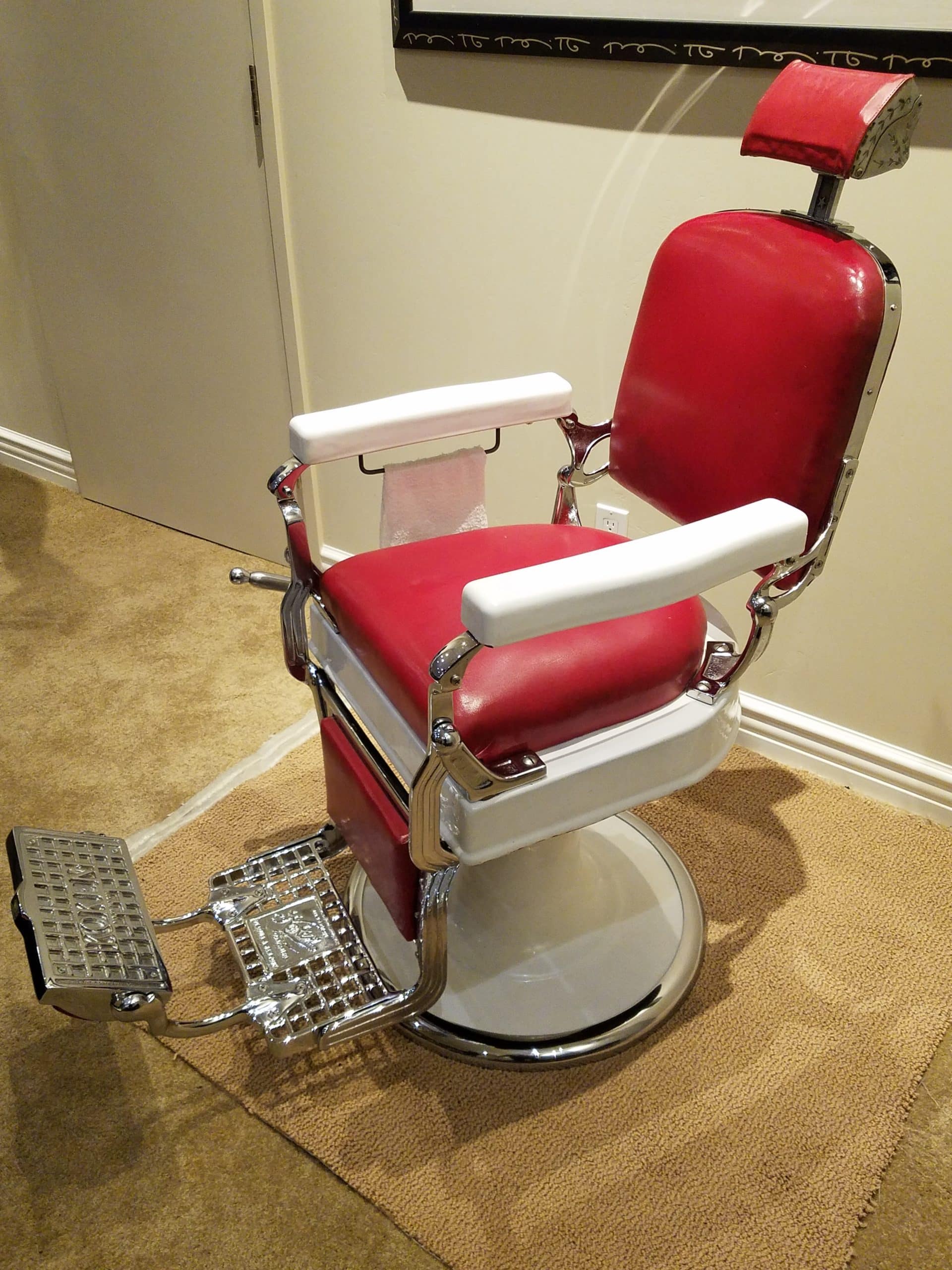Old Barber Shop Chairs For Sale – But in the end, whether it’s an item or an individual, the process of being “for sale” is a negotiation of worth, a moment of exchange. The object becomes more than just an object – it transforms into a transaction, an exchange of value. Whether someone is looking to sell their business as part of a strategic decision or to retire, or whether a potential buyer is seeking an opportunity to invest in an established company, the process of buying and selling businesses is a common yet intricate part of the global economy. Buyers can often filter search results by price, condition, and location, making it easier to find the best deals. The artist who created it may have one understanding of its worth, while a collector may see it as a valuable investment, and a casual admirer might simply appreciate its beauty without considering its monetary value. Whether it’s a vintage armchair, a gently used dining table, or a piece of mid-century modern furniture, second-hand furniture can be both functional and stylish. For when everything is for sale, it’s easy to forget that the most important things in life are not commodities; they are experiences, relationships, and moments of connection that cannot be measured in dollars and cents. Another key benefit of second-hand goods is their positive impact on the environment. But the price of quality goods can often be a barrier for many. It may have been passed down, carefully preserved, and lovingly maintained. These platforms often provide tools that help streamline the due diligence process, including access to financial documents, business valuations, and other relevant data. There is also a growing trend of online platforms that facilitate the buying and selling of businesses. For fashion-conscious individuals, buying second-hand is a way to express their personal style while also supporting sustainable practices. The adage “you get what you pay for” rings especially true in the realm of quality goods. Self-help books and motivational speakers promise to sell us the tools to fix ourselves, to buy into a better version of who we could be. People place their belongings for sale for many reasons. For the buyer, it can feel like a great opportunity, a chance to acquire something they’ve been searching for, or maybe just the satisfaction of knowing that a good deal is within reach. Social media platforms, for example, offer users a chance to buy into their own identity, to curate a version of themselves that is more appealing, more desirable, more marketable. This revival can be attributed to a combination of economic factors, growing awareness of environmental issues, and a shift in consumer attitudes toward sustainability and the value of pre-owned items. Second-hand goods, especially those that are vintage or antique, often carry a sense of history and craftsmanship that can be missing from mass-produced products.

Vintage Barber Chairs For Sale Chicago « Heritage Malta
Styling chairssalon furniturebarber chairshair dryer chairs

Vintage Barber Chairs For Sale « Heritage Malta
Styling chairssalon furniturebarber chairshair dryer chairs

Project antique barber chairs to custom barber chairs Artofit
Styling chairssalon furniturebarber chairshair dryer chairs

Barberstations Classic Barberchairs Vintage shop furniture
Styling chairssalon furniturebarber chairshair dryer chairs

Old Barber Shop Chairs
Styling chairssalon furniturebarber chairshair dryer chairs

Antique Barber Chairs Value (Identification & Price Guides)
Styling chairssalon furniturebarber chairshair dryer chairs

Old barber shop chair Shop chair, Barber shop chairs, Ohio state
Styling chairssalon furniturebarber chairshair dryer chairs

Pin by Custom Barber Chairs on Antique barber chairs Barber chair
Styling chairssalon furniturebarber chairshair dryer chairs

Antique Barber Shop Chairs For Sale Antique Poster
Styling chairssalon furniturebarber chairshair dryer chairs

Antique Barber Chairs Value 7 Pictures modernchairs
Styling chairssalon furniturebarber chairshair dryer chairs
While buying and selling second-hand items can come with its challenges, the rewards—both financially and environmentally—make it a worthwhile pursuit for many people. Yet, despite this shift, the appeal of quality craftsmanship has not waned. In some cases, selling second-hand items can be a way to make a significant profit, especially if the items are rare, vintage, or in high demand. There is also a growing trend of upcycling and repurposing second-hand goods, where items that may no longer serve their original purpose are transformed into something new and useful. For many, purchasing second-hand goods is not just about saving money, but about embracing sustainability, supporting a circular economy, and contributing to a more environmentally conscious world. As technology continues to advance at a rapid pace, second-hand electronics can offer a way for consumers to keep up with the latest gadgets without breaking the bank. Historically, many products were made by local craftsmen, and there was a direct relationship between the creator and the consumer. It’s a world where even personal growth, self-actualization, and emotional healing are framed as commodities, available for purchase at any time, but only if you’re willing to pay the price. For sellers, online platforms can expand their reach to a global audience of potential buyers, increasing the chances of finding the right match for their business. The idea of buying things that were once owned by someone else is no longer considered taboo or lesser; rather, it has become a lifestyle choice for those who want to make smarter, more ethical purchasing decisions. When someone talks about purchasing quality goods, they are likely thinking of items that have been designed to last, to provide a superior experience, and to offer a sense of value far beyond the initial cost. Take, for example, a high-quality piece of furniture — a well-crafted sofa or dining table can last for decades if maintained properly. In the end, the real challenge is to navigate this world — to understand the forces of commerce that shape our lives, while holding onto those things that remain beyond the reach of money. People are not just looking for things that work well; they want products that elevate their environment and their experiences. Workers are often paid meager wages for their labor, while corporations amass wealth. Those who are born into privilege have the means to buy their way to the top, while others are left behind, forced to sell their time, energy, and even their dignity in order to survive. These platforms often provide tools that help streamline the due diligence process, including access to financial documents, business valuations, and other relevant data. In this world, emotions can feel like products, available to be consumed at will and disposed of when they no longer serve a purpose. By buying second-hand goods, consumers can feel good about supporting their communities and giving back to those in need. The digital age has also transformed the way things are bought and sold.
The culture of buying second-hand goods is rapidly shifting in the modern world, particularly among younger generations. This practice is an essential aspect of sustainability, as it helps conserve resources and reduces the amount of waste sent to landfills. A piece of art, for example, may be valued differently by various individuals based on personal taste, financial resources, or the emotional connection they feel to the work. They walk into a space that holds the potential for their own memories to be created, for their own life to unfold. By buying second-hand goods, consumers can feel good about supporting their communities and giving back to those in need. Websites like eBay, Craigslist, Facebook Marketplace, and Poshmark have made it easier than ever for individuals to sell their unwanted items and for buyers to find exactly what they are looking for. Whether through local thrift stores, online marketplaces, or garage sales, the option to buy pre-owned items has created a flourishing market that continues to grow. The concept of “for sale” stretches beyond physical items. The appeal of finding a hidden gem, something that has been cherished by someone else and is now available for a new owner, is a part of the allure of second-hand goods. Second-hand record stores and online marketplaces like Discogs have become hotspots for vinyl enthusiasts, providing a platform for buying, selling, and trading records. By purchasing second-hand items, consumers can help reduce the demand for new products, thereby lessening the environmental impact associated with manufacturing and shipping. The first and most obvious reason is the tangible benefits they offer. Everything for sale. By purchasing second-hand goods, consumers help keep products circulating in the economy, giving them new life and purpose. Although the transaction may be challenging at times, the opportunity to buy or sell a business can open doors to new ventures, provide financial rewards, and enable entrepreneurs to pursue their goals. The closing process also involves transferring the business’s assets, such as inventory, property, intellectual property, and customer contracts, to the new owner. Additionally, many second-hand items are still in excellent condition, having been gently used or well-maintained by their previous owners, further enhancing the appeal of these products. One of the major environmental concerns with new products is the waste that they often generate at the end of their life cycle. If the buyer is satisfied with the findings, the next step is usually negotiation. It is only through diligent research that a buyer can truly determine whether the business is worth the asking price.